Exploring Iranian Cinema: From Classics to Contemporary Film
The path of filmmaking in Iran from the past to the present

The 7th art, commonly referred to as cinema, holds a significant influence on the culture and intuition of societies. Iran’s cinema is no exception to this phenomenon. Over the years, Iranian cinema has undergone various transformations and has garnered global acclaim. This article provides a concise overview of the history of Iranian cinema.
During the Pahlavi era, alongside the notable participation of Iranian films in global festivals, Iran also served as a host for international film events. Notably, the Tehran World Film Festival held in the 1970s was regarded as the foremost film festival in Asia. However, following the revolution of 1979, Iranian cinema took a divergent path. Subsequent to the revolution, several Iranian directors chose to emigrate from Iran and commenced their filmmaking endeavors overseas. In the post-revolution era, numerous films underwent censorship, an experience that proved disagreeable for certain filmmakers.
Contents
Before Revolution
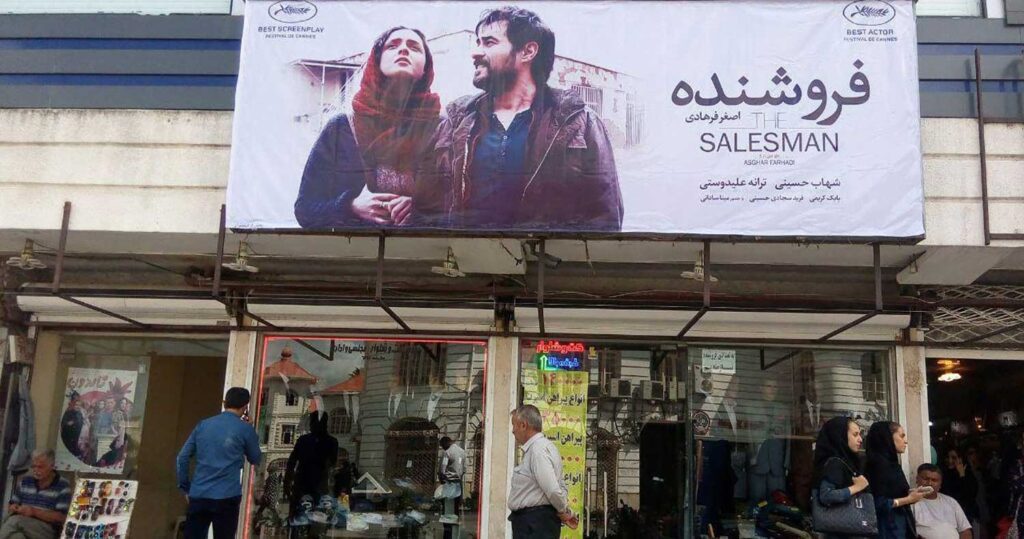
The arrival of the first video camera in Iran can be traced back to the time of Mozafar Al-Din Shah, in 1900. It was during one of the king’s trips to France that Shah became fascinated with the cinematograph device, which was being used to film carnivals. Impressed by its capabilities, he promptly ordered its purchase, making this the first recorded image captured by the newly invented cinematograph in Iran. Shortly after 1900, Iran’s first movie theater, named “Cinema Soli,” was established in the city of Tabriz. Remarkably, this occurred only five years after the Lumière brothers invented cinema.
The first ever movie theater in Tehran was established by Ibrahim Khan Sahafbashi in 1904 on Cheragh Gaz Street, where he showcased short comedy films. However, the first public cinema hall in the city was opened by Mehdi Khan Rousi in 1907 on Alaa-Doleh Street (Ferdowsi). Later, he shifted his movie theater to an upper house on Lalezar Street. The Masjid Suleiman Oil Industry Cinema, which is the oldest cinema hall in Iran that is still operational, used to screen the latest movies simultaneously with Tehran. Due to its old age and wear and tear, the cinema was closed for a while until it was completely restored and renovated in 2009, after which it resumed its operations.
After Revolution
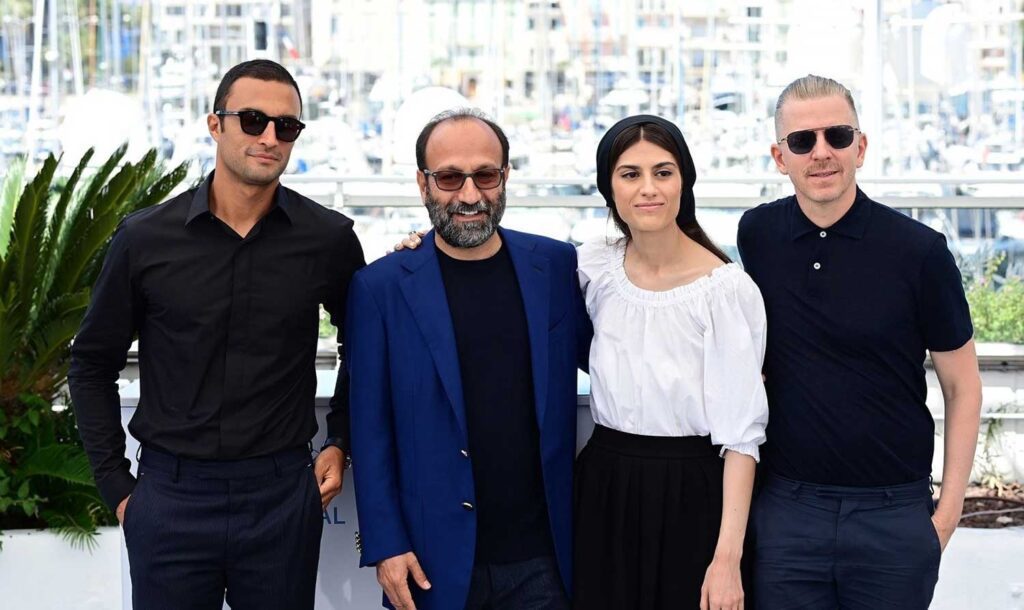
Following the 1979 revolution, Iranian cinema faced a period of confusion and limitations for a considerable amount of time. The majority of films produced during this period were centered around the Iran-Iraq war, and even after the war, religious themes continued to dominate the industry. However, in the 1990s, Iran’s filmmaking industry emerged as one of the finest in the world, with globally recognized film festivals like the Fajr Film Festival.
An integral part of Iran’s cinematic history was shaped following the year 1979. In the aftermath of the Islamic revolution during that period, the production of films came to a halt for duration of five years. The primary reason behind this interruption, spanning from 1979 to 1983, was the absence of film production regulations that aligned with the principles of the Islamic Republic. However, subsequent to the formulation of new laws in 1983, the landscape of Iranian filmmaking underwent significant cultural transformations. Esteemed young directors such as Ebrahim Hatamikia, Majid Majidi, and Abolfazl Jalili, armed with their artistic sensibilities, expertise, and scholarly pursuits, crafted indelible masterpieces.
During that time frame, notable directors including Bahram Beyzaei, Abbas Kiarostami, Mohsen Makhmalbaf, and Dariush Mehrjooi achieved noteworthy accolades at international festivals. Additionally, Iranian female directors such as Rakhshan Bani Etemad and Tahmineh Milani showcased their brilliance during this period.
In 2017, filmmakers such as
Jafar Panahi for the “Taxi”
Asghar Farhadi for “Separation”
Abbas Kiarostami for “The Taste of Cherry”
Bahman Ghobadi for “Turtles can fly”
Could gain a place among other prominent directors in the world.
Exploring Iran, The Culture and beauty
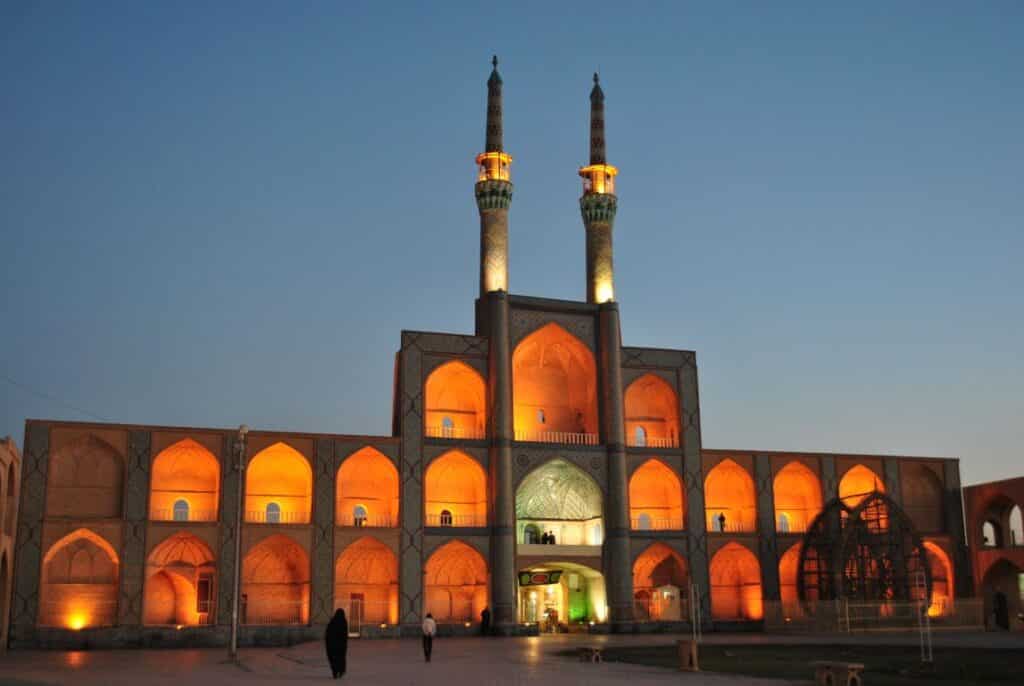
The Firsts of Iranian Cinema
The inaugural color film in the annals of Iranian cinema, titled “Whirlpool,” was crafted by the esteemed Iranian writer and director, Hasan Khordmand, in the year 1953. This cinematic masterpiece was captured using an Oricon 16 mm camera, manufactured in the United States, and generously bestowed upon the museum by the film’s producer. The captivating tale of “Whirlpool” unfolds within a concise duration of 1 hour and 23 minutes, and was meticulously crafted by Pars Studio in Iran. However, due to the absence of a color laboratory within Iranian studios during that era, the color printing and overall visual presentation of this remarkable film were executed in America.
The first Iranian cinematographer: Mirza Ebrahim Khan Bashi photographer (1900)
The first Iranian cinema: Cinema Grand (1926)
The first Iranian silent film: Abhi and Robi, Avanes Oganians (1930)
The first Iranian talkie film: Lor’s Daughter, Ardeshir Irani (1933)
The first Farsi dubbing film: Runaway Girl, Ismail Koshan (1946)
The first Iranian female director: Shahla Riahi, Marjan film (1956)
The first Iranian cinema magazine: the monthly film magazine from (1982) until today
Iran’s Cinema Festivals
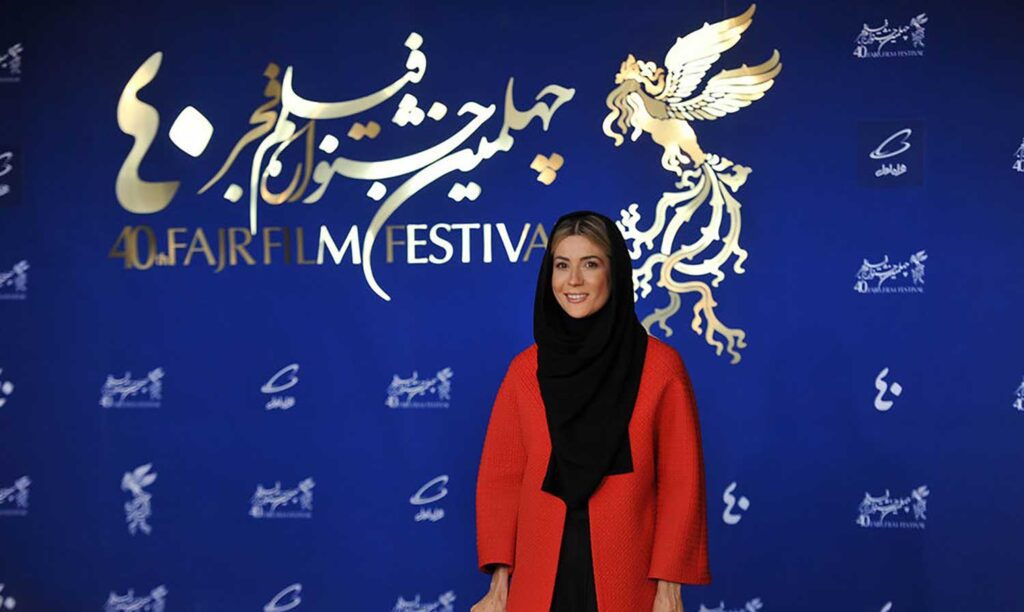
The history of cinema in Iran has been marked by various film festivals. The inaugural festival, known as Golrizan, was followed by the notable “Tehran International Film Festival” which emerged as the most significant film event prior to the revolution. Organized annually from 1972 to 1977, under the auspices of Farah Pahlavi‘s special office, it was named the Tehran World Film Festival. This prestigious event showcased Iranian films alongside international entries, fostering healthy competition. The festival’s esteemed accolade was aptly named the winged goat.
After the revolution, the Tehran International Film Festival came to a halt and was subsequently replaced by the “Fajr Film Festival” four years later, starting from 1982. Initially, the Fajr Film Festival solely focused on showcasing domestic productions from various sectors of Iranian cinema. However, since 1995, this festival has expanded its reach to include international participation. The accolades presented at this esteemed event are known as the “Crystal Simorgh” and the “Diploma of Honor“.
Awards and Honors of Iranian Cinema
Silver Bear for the best director of the film Berlin for Still Life, Sohrab Shahid Sales – 1974
Berlin Film Festival Silver Bear Award for Parviz Kimiayi’s film Bagh Sangi – 1976
The Best Film Award of the Nantes Three Continents Festival, France, for the film Runner by Amir Naderi – 1985
Children of the Sky was selected as one of the 5 finalists for the Best Foreign Film Award at the 1998 Oscars
Winner of the Palme d’Or at the Cannes Film Festival for the 1997 film Taste of Cherry by Abbas Kiarostami
Winner of the Gold Award from the Tokyo Film Festival for Parviz Shahbazi’s film Southern Traveler in 1997
Winner of the Golden Globe special award in 2011 for the film Separation by Asghar Farhadi


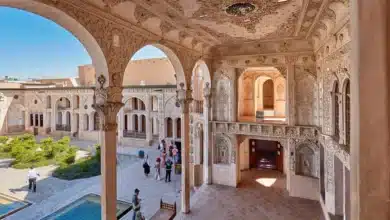
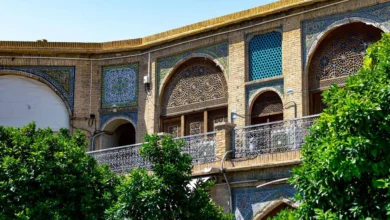



I liked it.